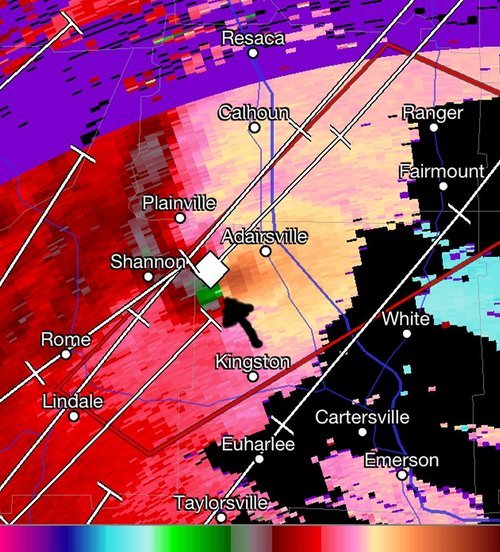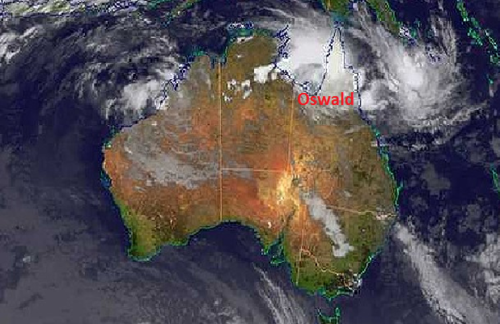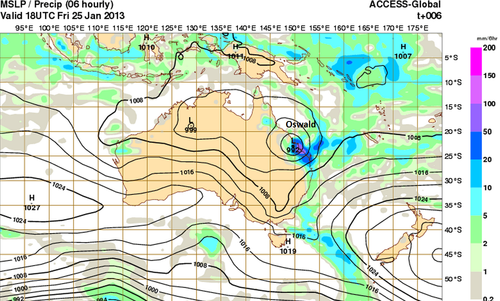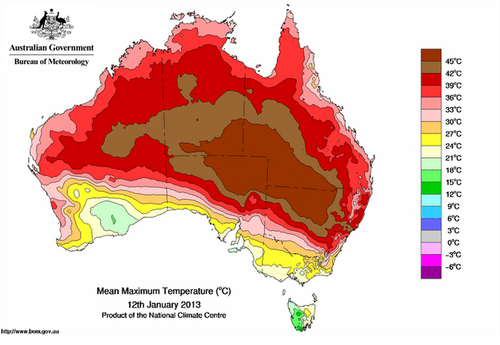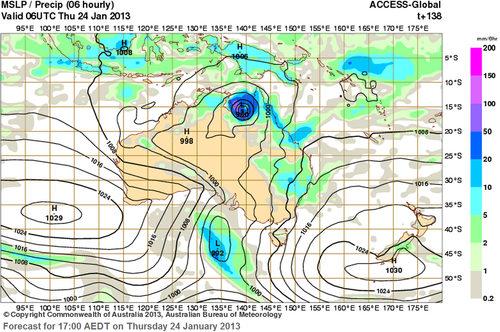Snowstorm Hits Moscow
On Tuesday, this past week, Moscow experienced yet another significant snowstorm which caused significant disruptions to traffic and was also the reason for numerous power outages. Several low pressure systems have been steered through the western half of Russia as a strong high pressure remains in place over Central Russia. This has put Moscow in a good spot to receive repeated bouts of snow. The most recent of their snowstorms brought 25cm of snow on Tuesday which meant significant traffic disruptions – as many as 3,000 accidents were reported by Moscow Police.
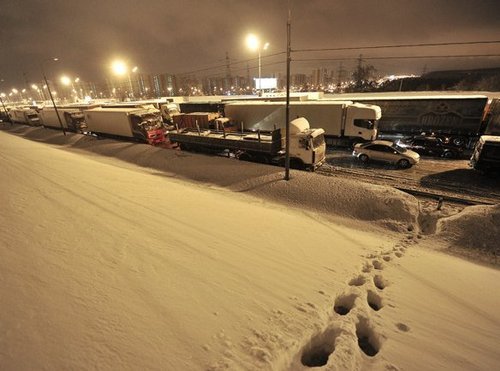
On average, Moscow receives about 150cm of snow every winter but this year has been significantly above average in terms of snowfall. Winter 2012-2013 totals for Moscow are already at 216cm and with another month and a half to go with the possibility of snow it could be a long, cold spring for Moscow. The weather will turn cold and dry for Moscow next week as the strong high pressure expands a little further west.
New England Snowstorm
Another snowstorm, a little closer to home, is bringing significant amounts of snow to parts of the Eastern Seaboard – more notably New England. The deep low pressure system is located just off the East Coast and has a sharp deformation zone bringing heavy snow and even “thundersnow” to the Atlantic States. The highest accumulations are expected to reach around 80cm (could be higher locally) and it was not uncommon to see snowfall rates of 8cm/h on Friday evening! Power outages were the main concern to residents as below freezing temperatures move in. As of Friday night 500,000 people were without power across the North East US.
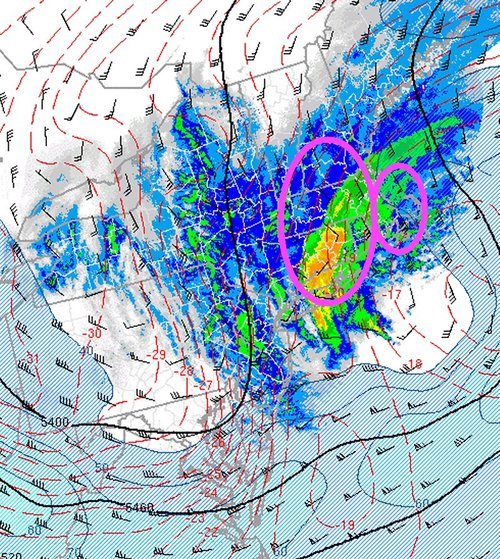
Updates on this storm and snowfall totals will be forthcoming in the comments section as the low pulls off into Atlantic Canada.

